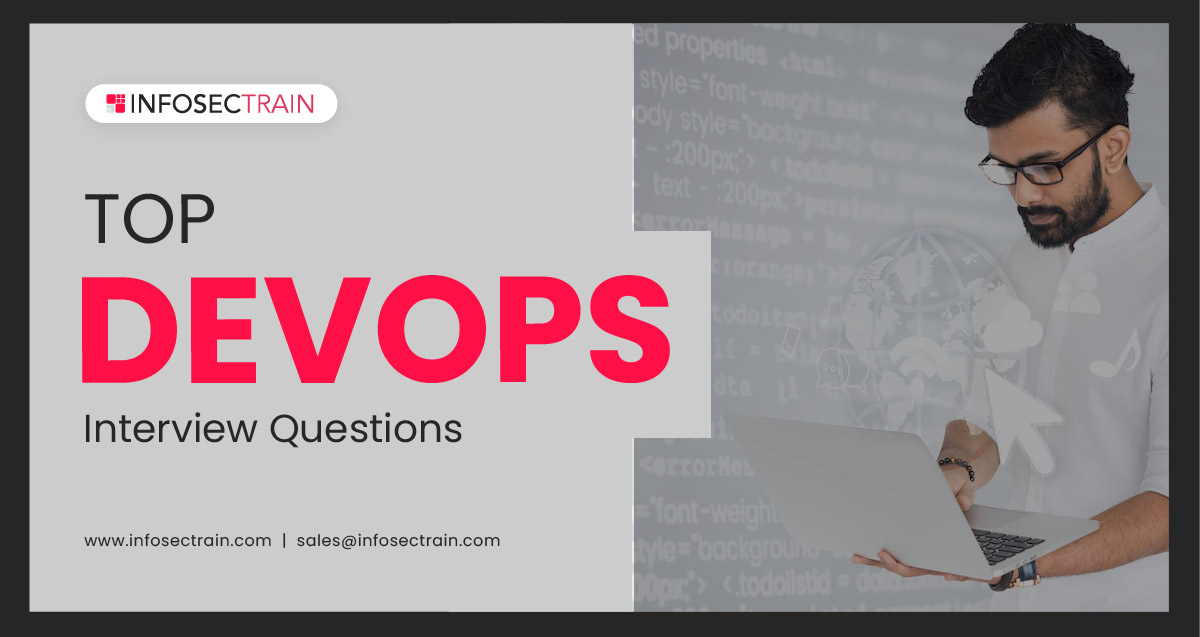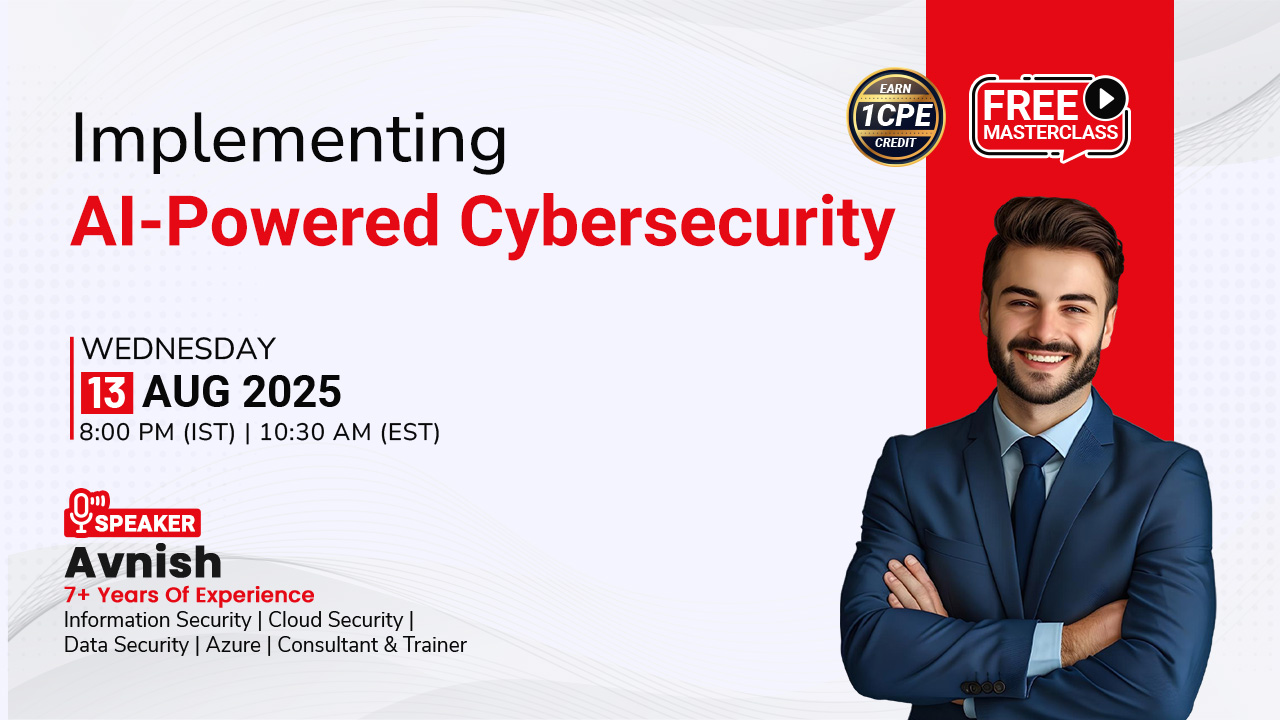Top DevOps Interview Questions
DevOps is one of the hottest terms in technology, but it is much more than that. It is a partnership between the development and operations teams to produce a product more quickly and efficiently. There has been a significant surge in vacancies for DevOps engineers recently. Multinational enterprises such as Google, Facebook, and Amazon regularly have many openings for DevOps Engineer Experts. However, the employment market is highly competitive, and the questions asked in a DevOps engineer interview might include a wide range of complex topics. Here are some of the most frequent DevOps interview questions and answers to guide you as you prepare to apply for DevOps positions in the business.

Interview Questions
1. What is DevOps?
It is a phrase that is just starting to be used in the IT industry to describe a method that stresses communication and collaboration between the deployment (operations) team and software developers. It focuses on accelerating software product delivery and reducing release failure rates.
2. What differentiates DevOps from agile methodology?
The concept of DevOps enables collaboration between the development and operations teams. As a result, the software is continuously developed, tested, integrated, deployed, and monitored.
Agile is a method of developing software that emphasizes user feedback and iterative, incremental, small, and quick software releases. It resolves disparities and disputes between customers and developers.
3. What are the most popular DevOps tools?
The most often used DevOps tools are:
- Selenium
- Puppet
- Chef
- Git
- Jenkins
- Ansible
- Docker
4. What differentiates continuous deployment from continuous delivery?
| Continuous delivery | Continuous deployment |
| Enables the secure deployment of code to production | Each update that meets the automated tests is automatically deployed to production. |
| Ensures that business applications and services operate as planned. | Improves the speed and robustness of software development. |
| Delivers each modification to a setting resembling production through meticulous automated testing | There is no explicit consent from a developer, and a developed monitoring culture is required. |
5. What function does configuration management play in DevOps?
- Permits for the management and modification of numerous systems.
- Standardizes resource configurations, allowing IT infrastructure to be managed more effectively.
- It facilitates the administration and management of several servers and the system’s overall integrity.
6. What are the various phases of the DevOps methodology?
Here are the phases of the DevOps lifecycle:
- Plan: All of the project’s requirements and related information, such as the time required for each stage and associated costs, are considered at this stage. This will enable each team member to gain a basic understanding of the project.
- Code: The code is written over here in accordance with the client’s specifications. In this case, codes are written as shortcodes called units.
- Build: In this step, the units are constructed.
- Test: This step involves testing, and if errors are discovered, the product is sent back for re-building.
- Integrate: In this step, all code units are combined.
- Deploy: In this stage, codeDevOpsNow is installed in the client’s environment.
- Operate: If necessary, operations are carried out on the code.
- Monitor: The application is monitored over here in the client’s context.
7. What is AWS’s role in DevOps?
In DevOps, AWS plays the following roles:
- Flexible services: Provides ready-to-use, adaptable services without requiring software installation or configuration.
- Built for scale: Using AWS services, you efficiently manage a single server or scale to thousands.
- Automation: AWS enables you to automate chores and processes, giving you time for innovation.
- Secure: You may configure user rights and policies with AWS Identity and Access Management (IAM).
- Large partner ecosystem: AWS has a huge partner ecosystem that integrates with and extends AWS services.
8. List the top three DevOps KPIs?
The following are the three important KPIs:
- Mean time to failure recovery: This is how long it typically takes to bounce back from a failure.
- Deployment frequency: The frequency with which the deployment takes place.
- Percentage of failed deployments: The frequency of deployment failures.
9. What exactly is Automation Testing?
Automation is the practice of automating a manual method in order to test an application or system. Automation testing comprises using independent testing tools to create test scripts that can be performed repeatedly without requiring human intervention.
10. What are the benefits of using Git?
Following are the benefits of using Git:
- Redundancy and repetition of data
- High availability
- One Git directory per every repository
- Outstanding disc utilization and network performance
- Suitable for various projects
- Better Performance: Git has the best performance among version control systems in terms of speed.
- Better Security: Git controls your security using the cryptographic algorithm SHA-1 to prevent work corruption.
- Branching Model: Git’s branching model enables you to create numerous local branches that are independent of one another.
- Staging Area: Before committing a change, commits can be formatted and updated in Git’s “index” or “staging area” stage.
- Distributed: Git is distributed, which means that the entire code base is mirrored onto the developer’s computer so that he can only work on it.
- Open Source: The program is made more powerful by being open source, which invites developers from all over the world to make improvements.
11. How do merge conflicts be handled in Git?
Three steps are taken to resolve merge issues in Git:
- Understand what happened
- Mark and clean up the conflicts
- Perform commitments
12. What exactly is a Blue/Green Deployment Pattern?
This continuous deployment technique is frequently used to cut down on downtime. Transferring traffic from one version to another takes place here. Designers must swap out the outdated code with the new code version to include the new code version.
The old version is in a blue environment, while the new one is in a green environment. Designers require a new version from the old one after making changes to the old one to run the updated version of the instance.
13. How may testing be automated in the DevOps lifecycle?
Developers must submit all source code updates to a common DevOps repository. When an update is made to the code, tools similar to Jenkins’ Continuous Integration will pull it from this central repository and distribute it for ongoing testing, which is carried out by Selenium-based technologies.
14. Describe how to copy files and create backups with Jenkins.
To take a backup, simply back up the JENKINS HOME directory on a regular basis. This section includes all of the build job configurations, slave node configurations, and build history. Simply duplicate this directory to build a backup of the current Jenkins configuration. Users can also duplicate or rename a job directory to clone or replicate a job.
15. Mention a few of Jenkins’ useful plugins.
Following are some of the useful Jenkins plugins:
- Maven 2 project
- Amazon EC2
- HTML publisher
- Copy artifact
- Join green balls
16. Mention some of the primary advantages of DevOps.
Following are some of the primary advantages of DevOps:
Technical Advantage
- Distribution of software continuously
- Less difficult to manage issues
- Defects are detected earlier and corrected more quickly
Business Advantage
- Faster feature delivery
- Stable operational conditions
- Improved teamwork and communication between the groups
17. What is the difference between git fetch and git pull?
| Git fetch | Git pull |
| Git fetch transfers new data to the local repository from a remote repository. | The working directory is updated using DevOps to represent the most recent server-side changes. |
| Git fetch merely transfers data to a local repository; it does not integrate that data with the working repository. | The data is merged into the working repository using Git pull, which is used to obtain the data locally. |
| Command – git fetch origin | Command – git pull origin |
18. What does Continuous Integration mean?
It is a development practice in which developers must integrate code into a shared repository many times each day. An automatic build then validates each check-in, allowing teams to spot issues quickly.
19. What types of testing does Selenium support?
Selenium supports two types of testing:
- Regression testing
- Functional testing
20. What exactly is a Puppet?
Puppet is a Configuration Management tool for automating administration activities.
DevOps with InfosecTrain
InfosecTrain is a well-known provider of IT security training. We offer a comprehensive DevOps certification training curriculum. Check out InfosecTarin to learn the best strategy to pass the DevOps certification exam and interview.






 1800-843-7890 (India)
1800-843-7890 (India)